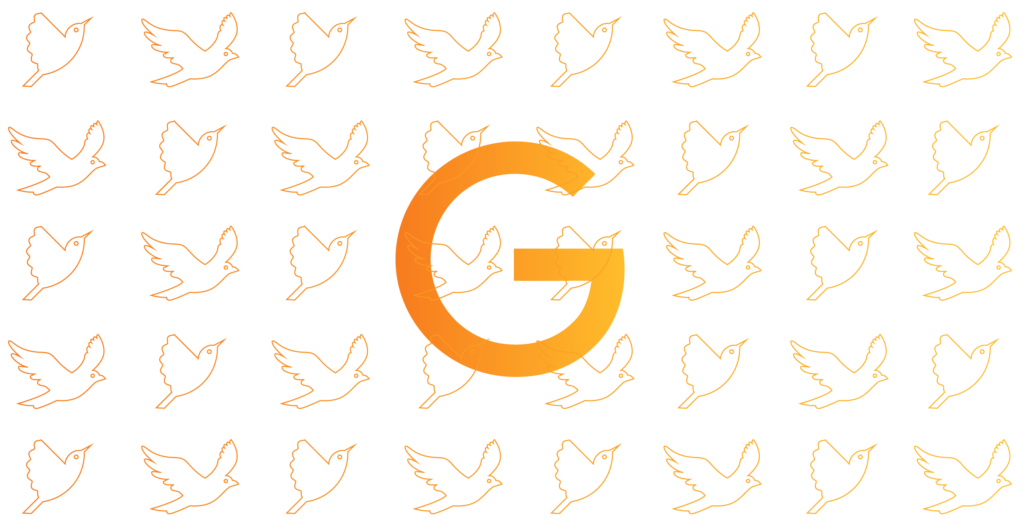This January (that’s 2021, if you’re reading this at a later date), Google announced that they’re all-in on the FLoC (which stands for Federated Learning of Cohorts) as the best replacement for third-party cookies. The Google FLoC is one of many identity resolution proposals in flight, but since it has Google’s name behind it, it’s understandably under a lot of scrutiny. You’re also likely to start hearing about the concept more regularly once it’s released for testing in Q2 of 2021.
What is a Google FLoC?
A FLoC is, most simplistically, an aggregate of anonymous users with similar interests. These similarities are gathered through predictive and contextual signals, such as a reader’s website and page visits. Advertisers can then identify FLoCs relevant to them, and show ads to those FLoCs.
How is a FLoC different from a cookie?
Google FLoCs are different from a third-party cookie in a number of ways. Most importantly, individual users aren’t given a unique identifier—rather, they exist only as part of a larger cohort, which needs to be of a certain size (Google says at least a thousand anonymous users) in order to maintain anonymity. In addition, the user information contained in a FLoC is passed on the user’s device, rather than shared across the internet. Per TechCrunch, Google says that “The idea is to make it so that no one can reconstruct your cross-site browsing history.”
As of March 2021, advertisers will be able to access and test Google FLoCs through Google Ads. Google is currently exploring ways that advertisers will be able to use FLoCs to build audiences—for example, so that advertisers can remarket to prior website visitors.
What FLoCs mean for publishers
Publishers and advertisers alike will be pleased to hear that Google’s initial experiments suggest that FLoCs preserve “At least 95% of the conversions per dollar spent when compared to cookie-based advertising.” That means minimal revenue loss for publishers. Remember, identity—especially post third-party cookie—isn’t an “either/or.” Signals such as FLoCs can be aggregated and layered on top of other data. If FLoC is widely adopted, it will provide an additional, trusted signal for publishers to communicate to buyers about who is in their audience.
Potential problems with Google FloCs
FLoC doesn’t solve everything, including frequency capping—a regular reader complaint. But perhaps the biggest remaining questions about FLoCs (in addition to the all-important “How well do they work”) have to do with Google’s titanic role in the advertising industry (many responses have accused Google of acting in the interest of solidifying their ad monopoly), and how effective FLoCs are at preserving and growing reader privacy. Google hasn’t shared hard data on “how private” FLoCs will be, or objective measurements of reader privacy in general.

